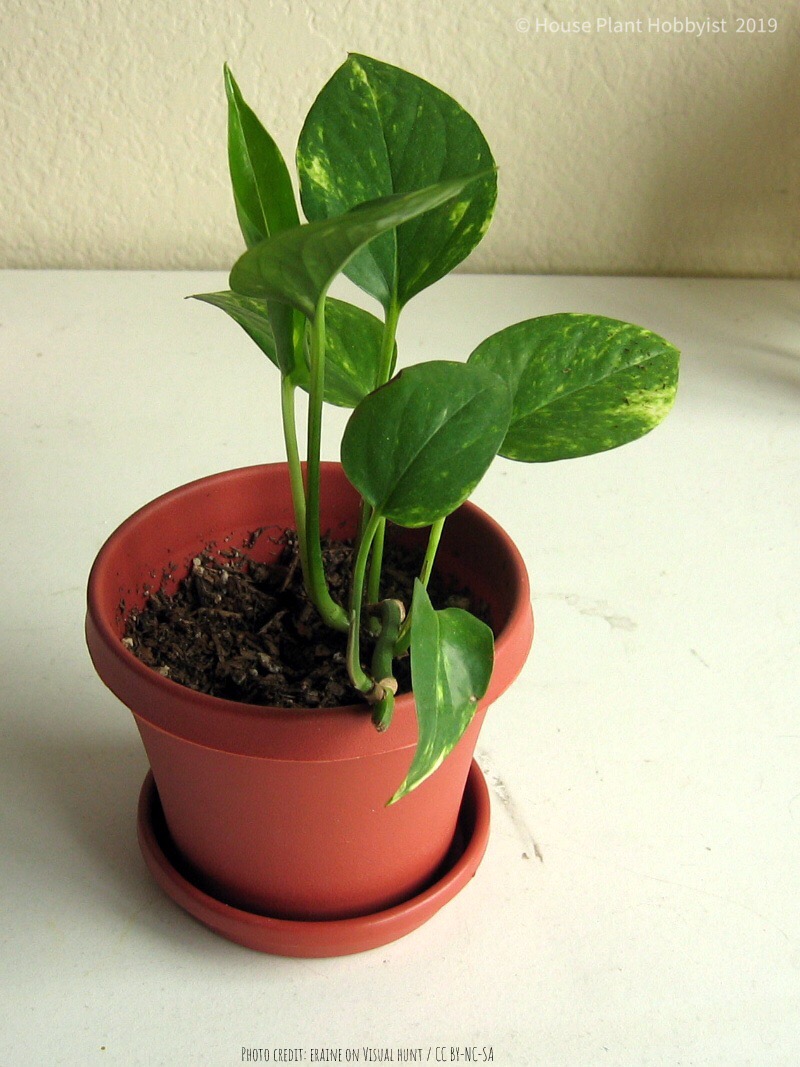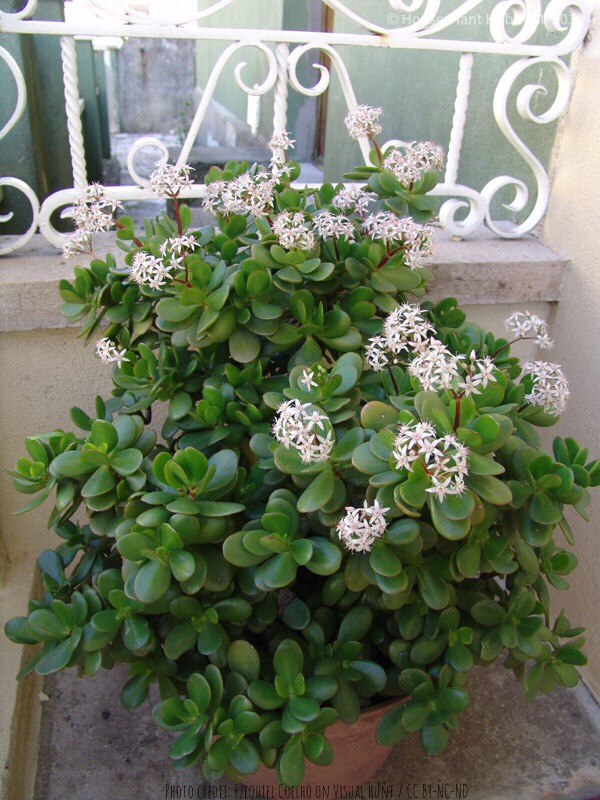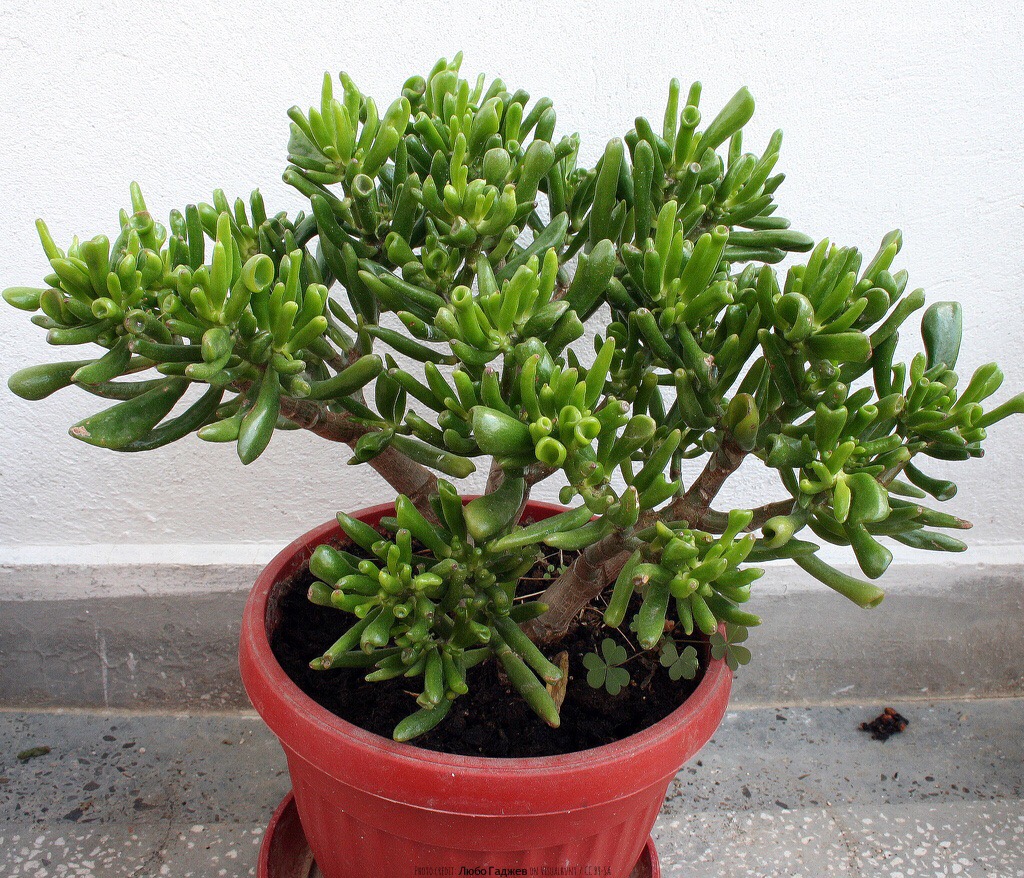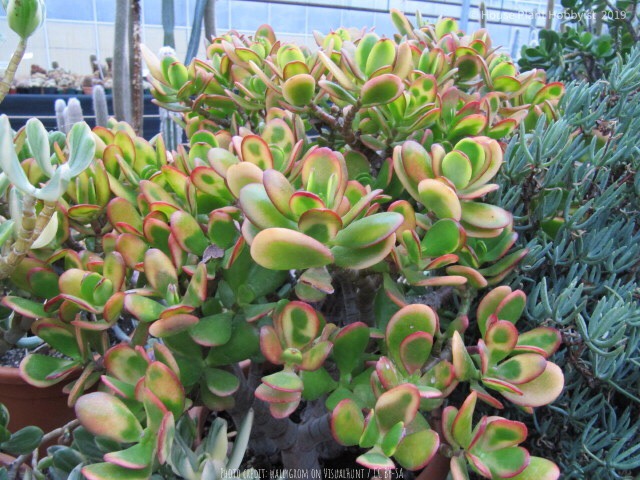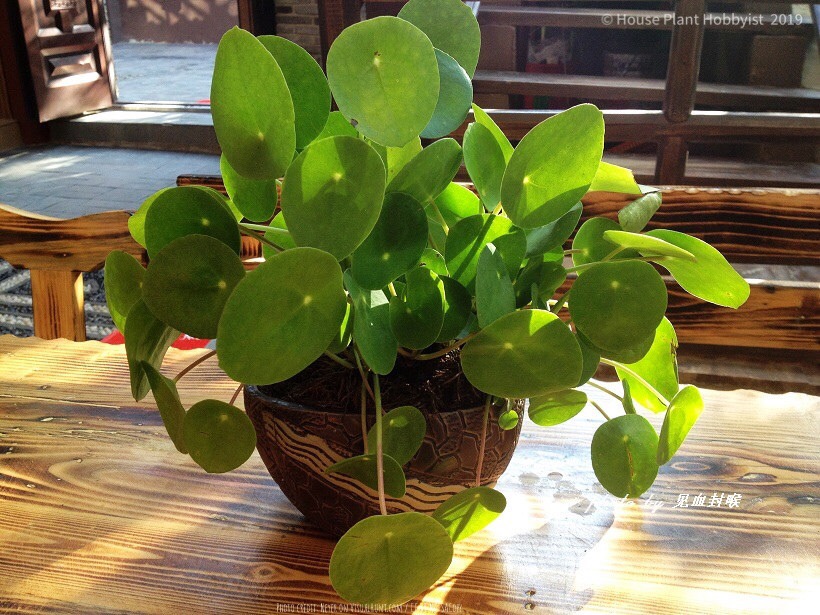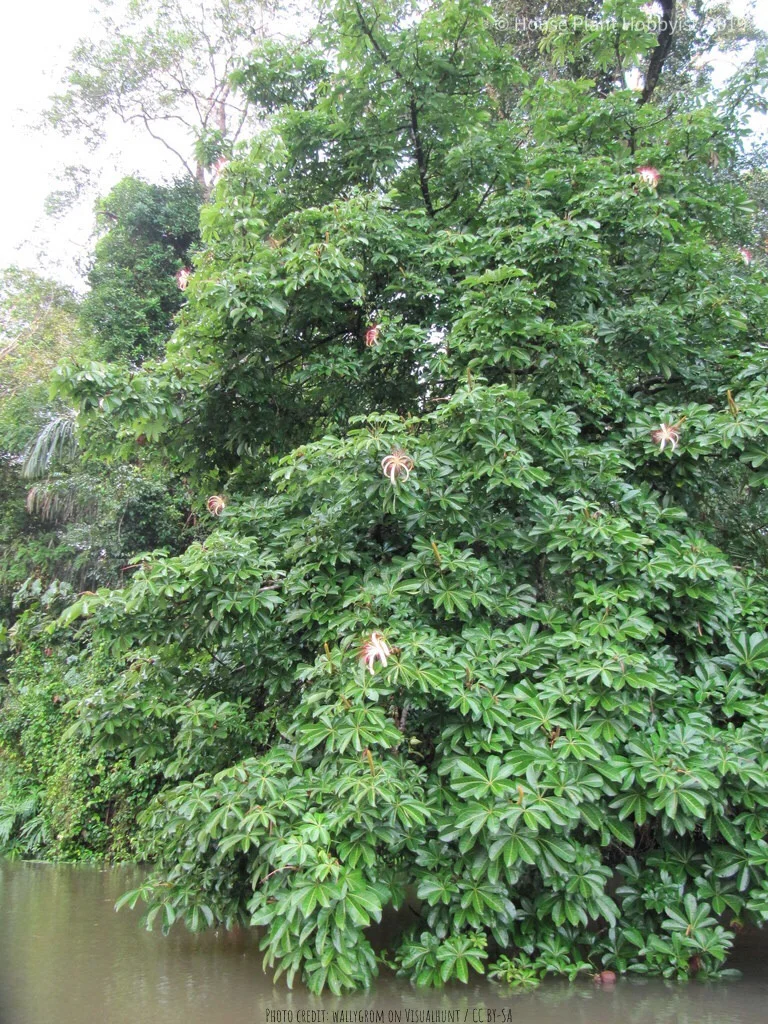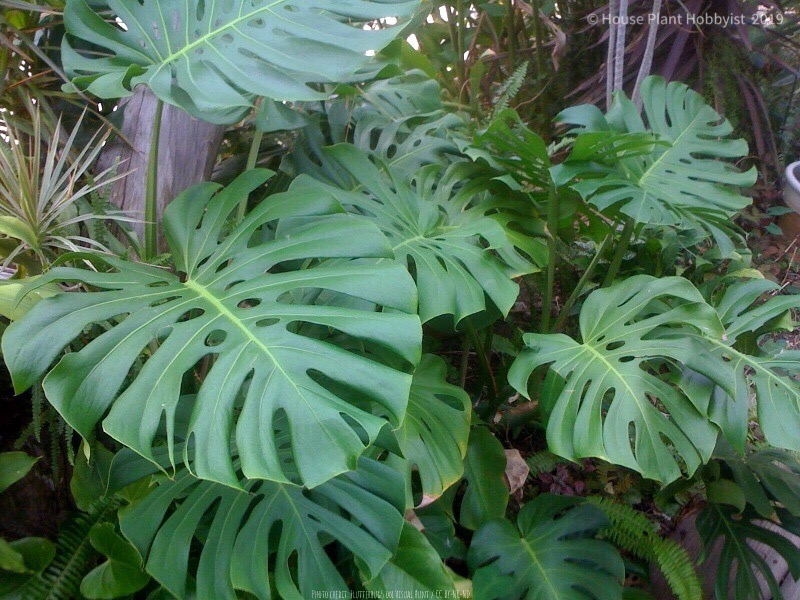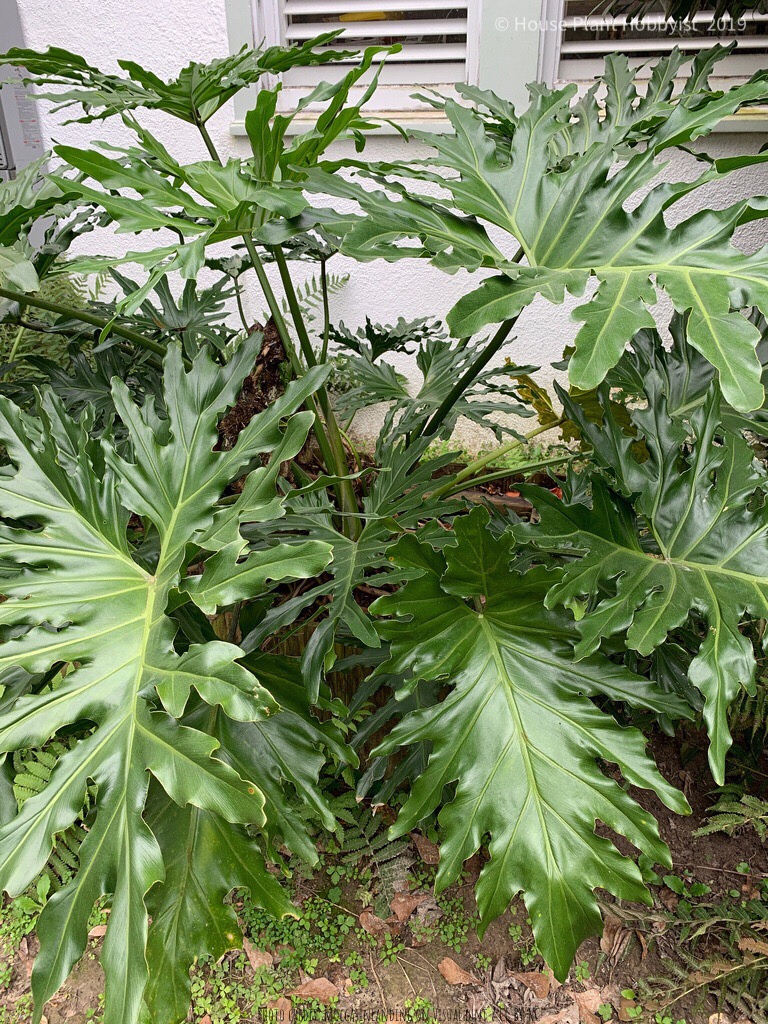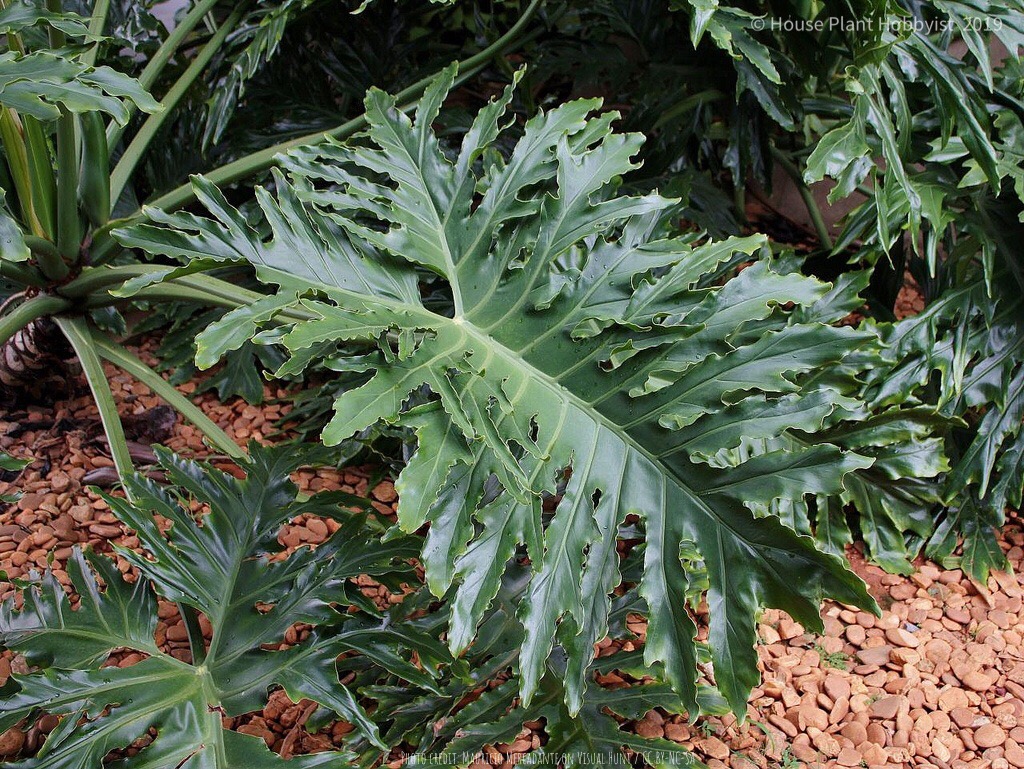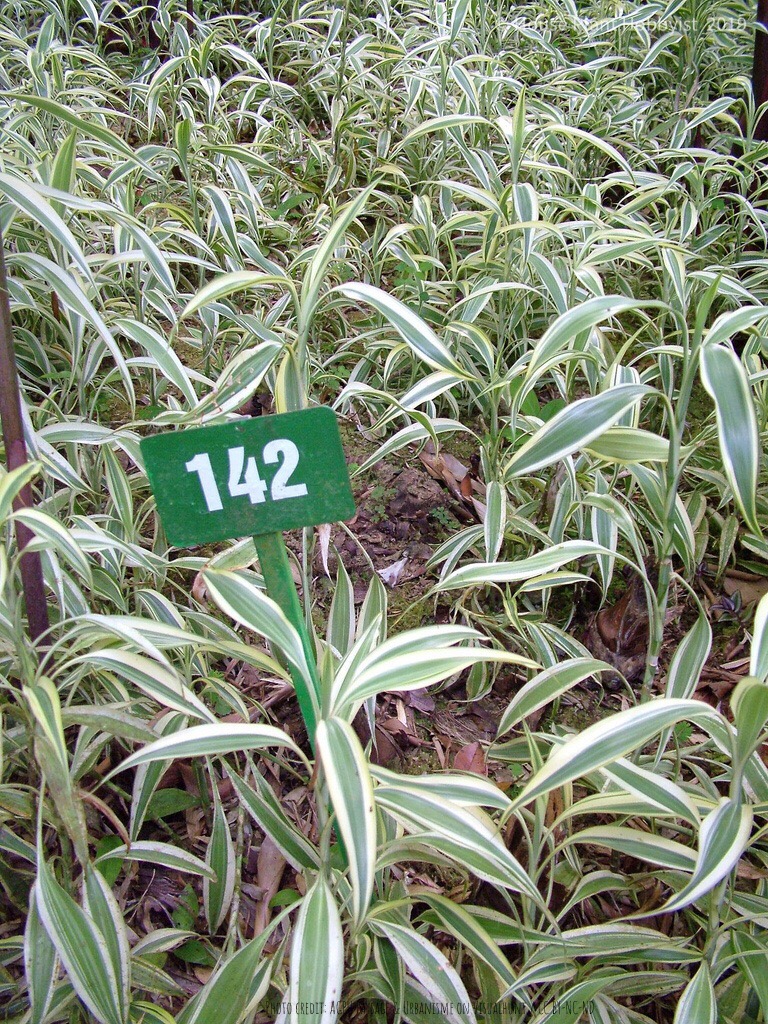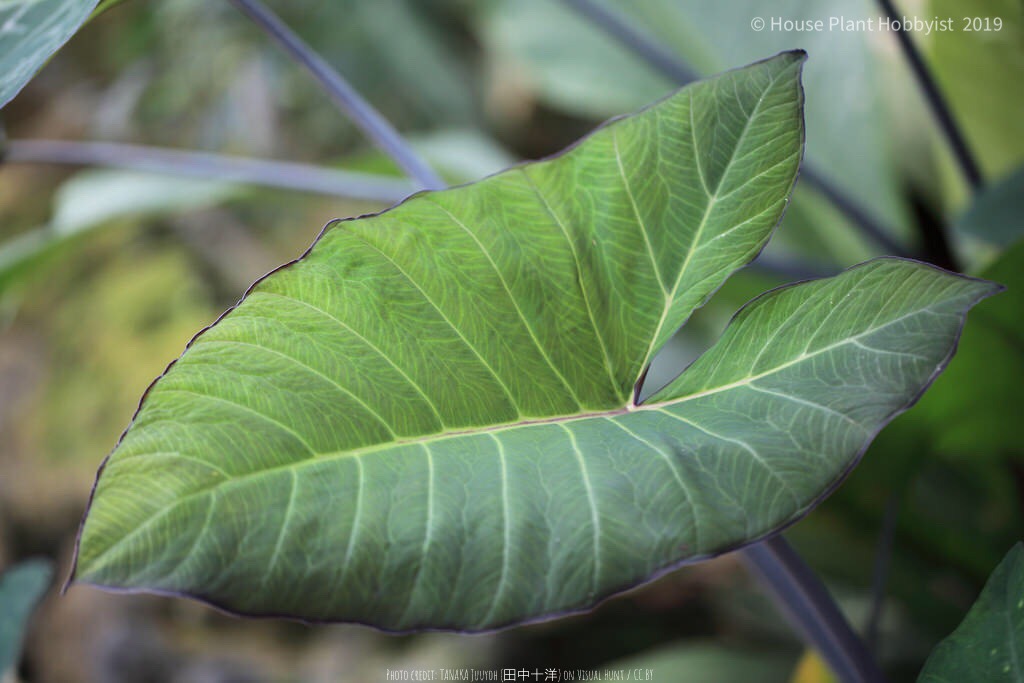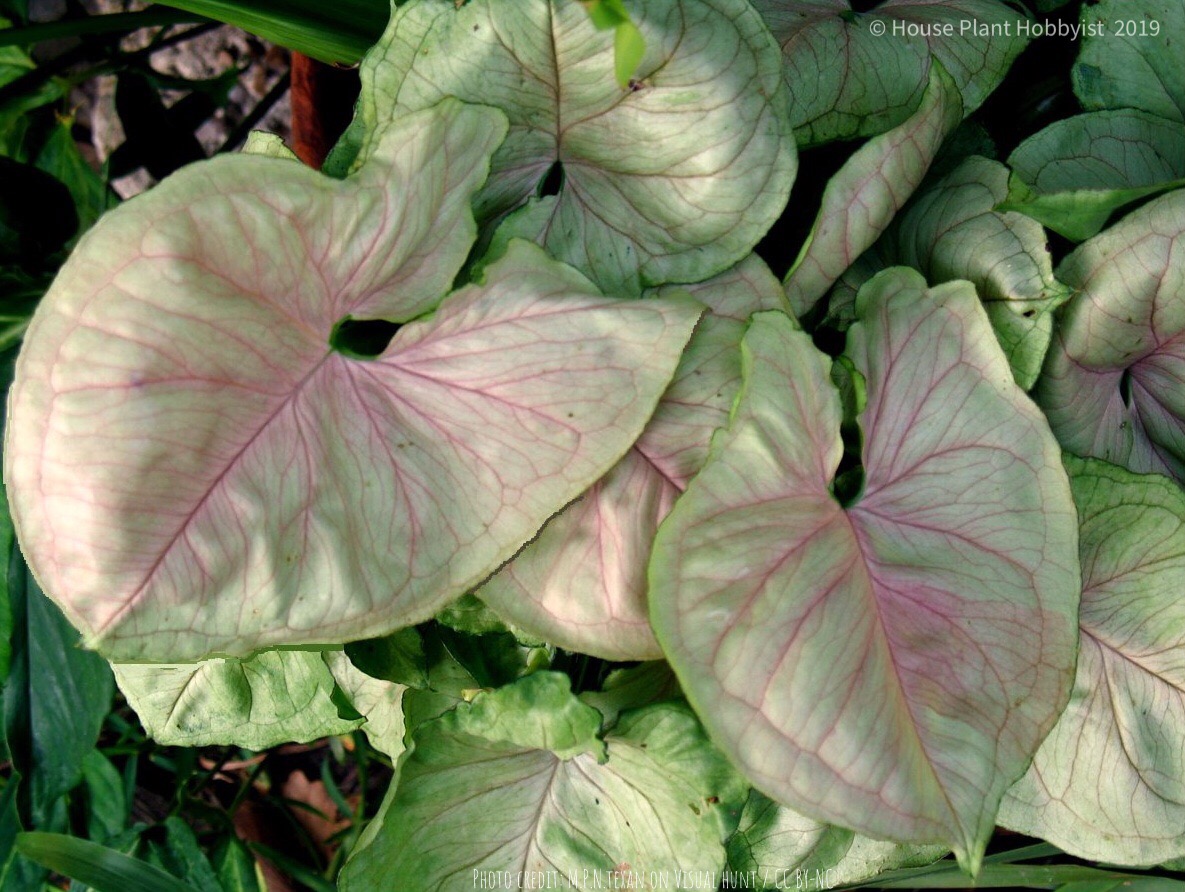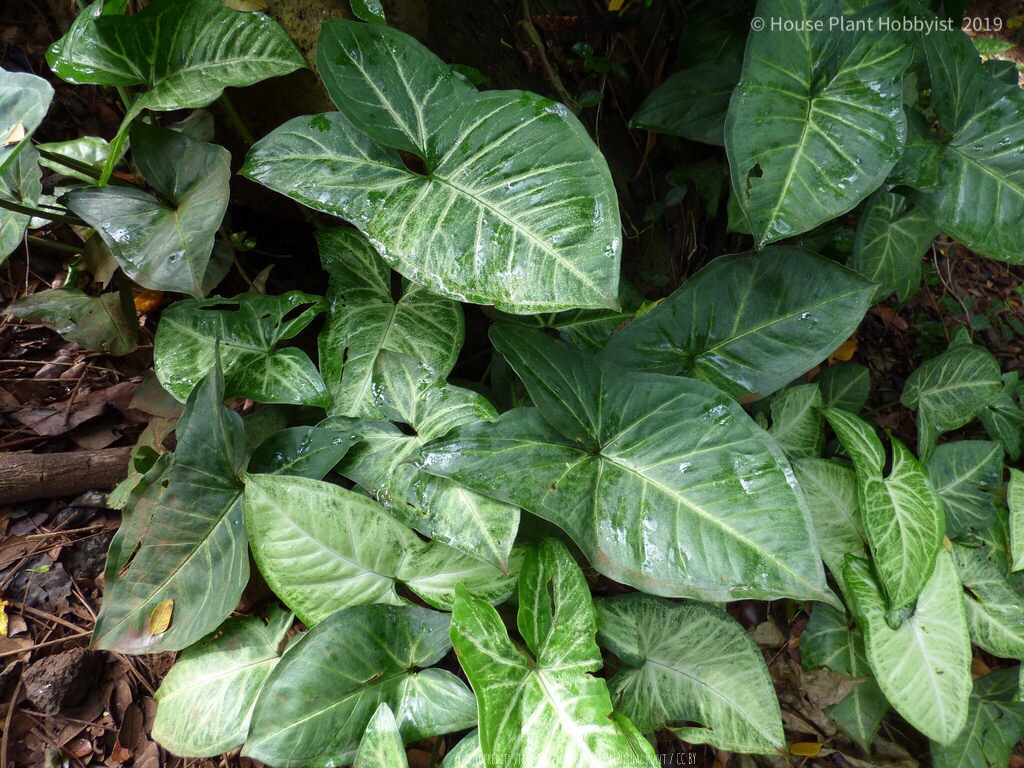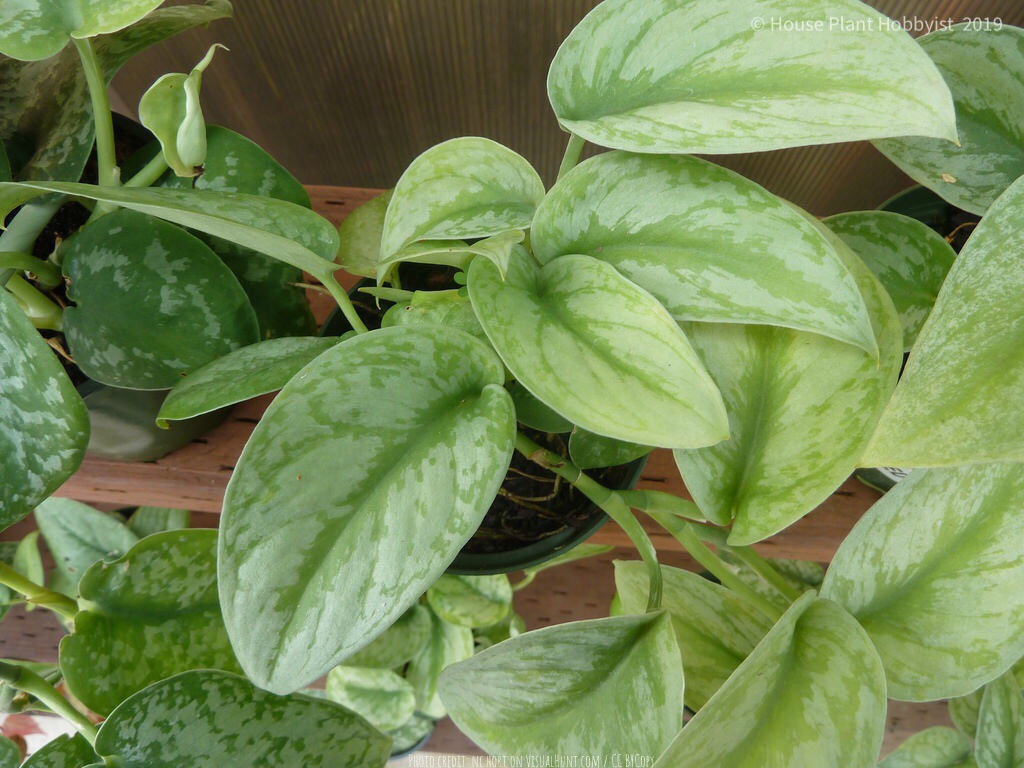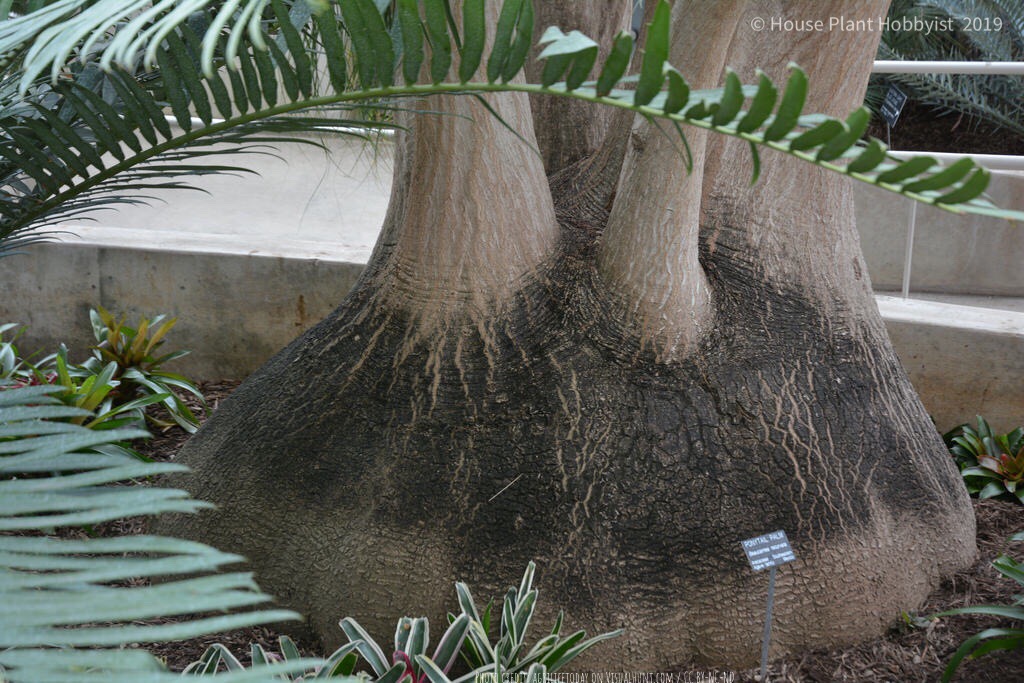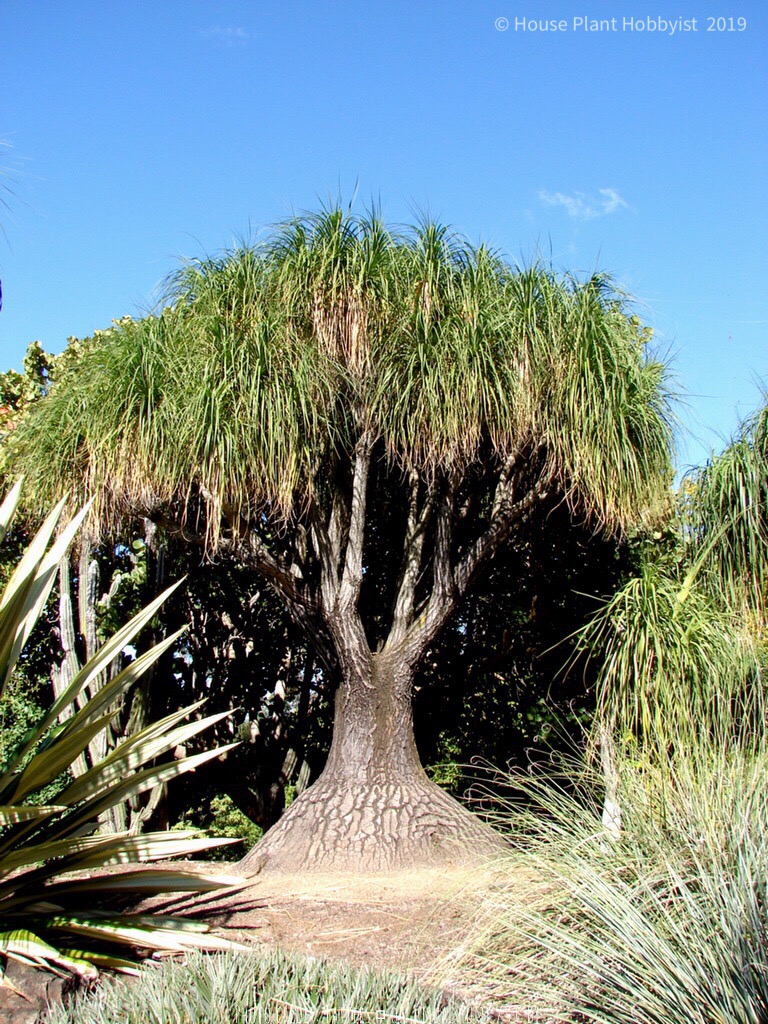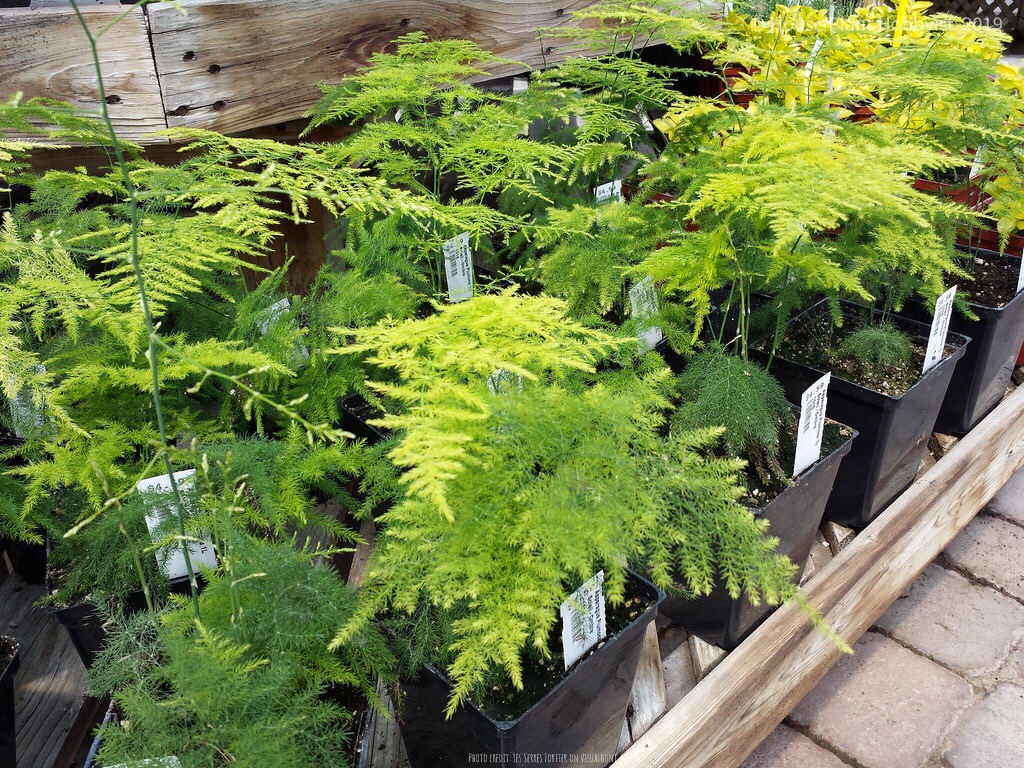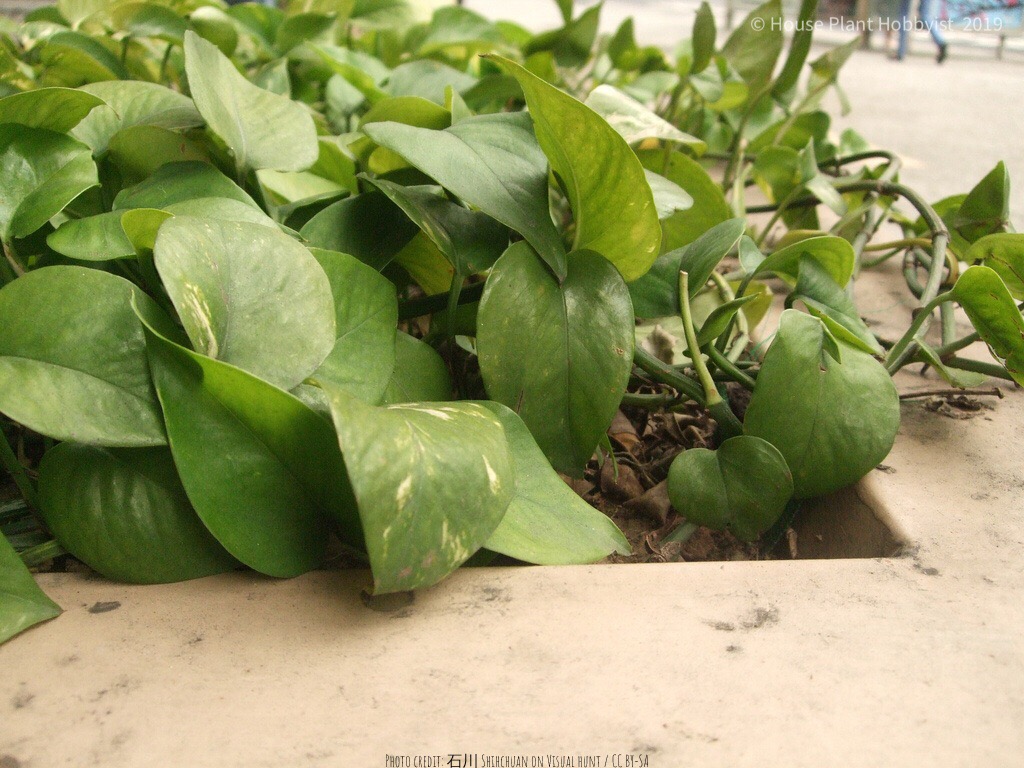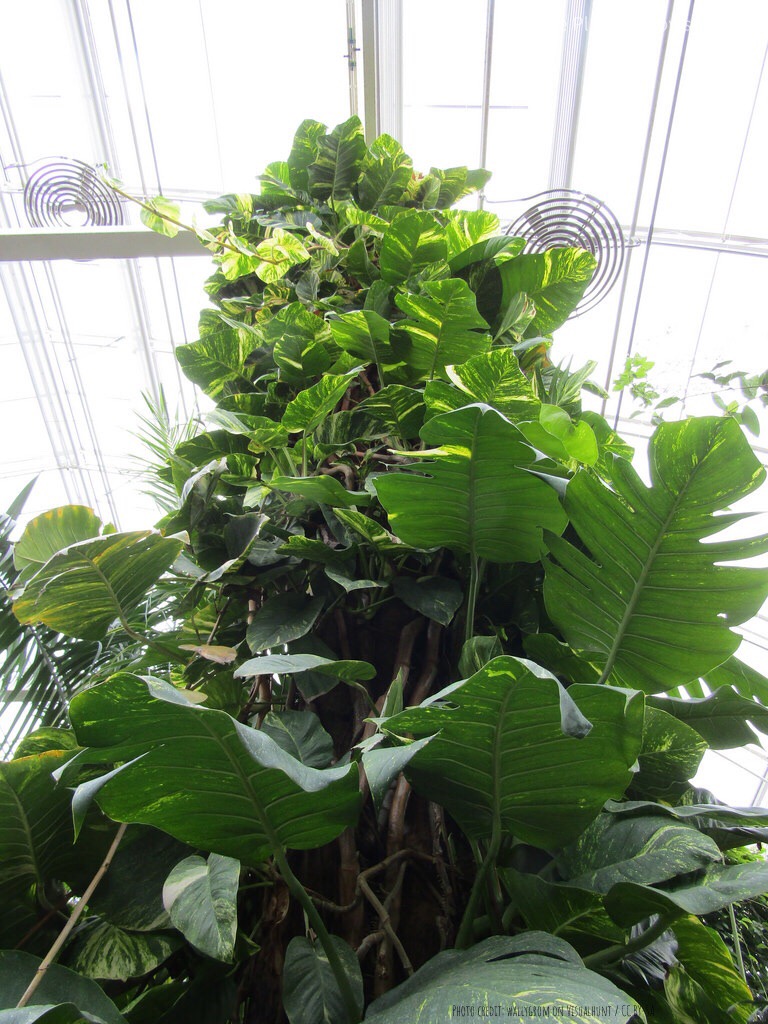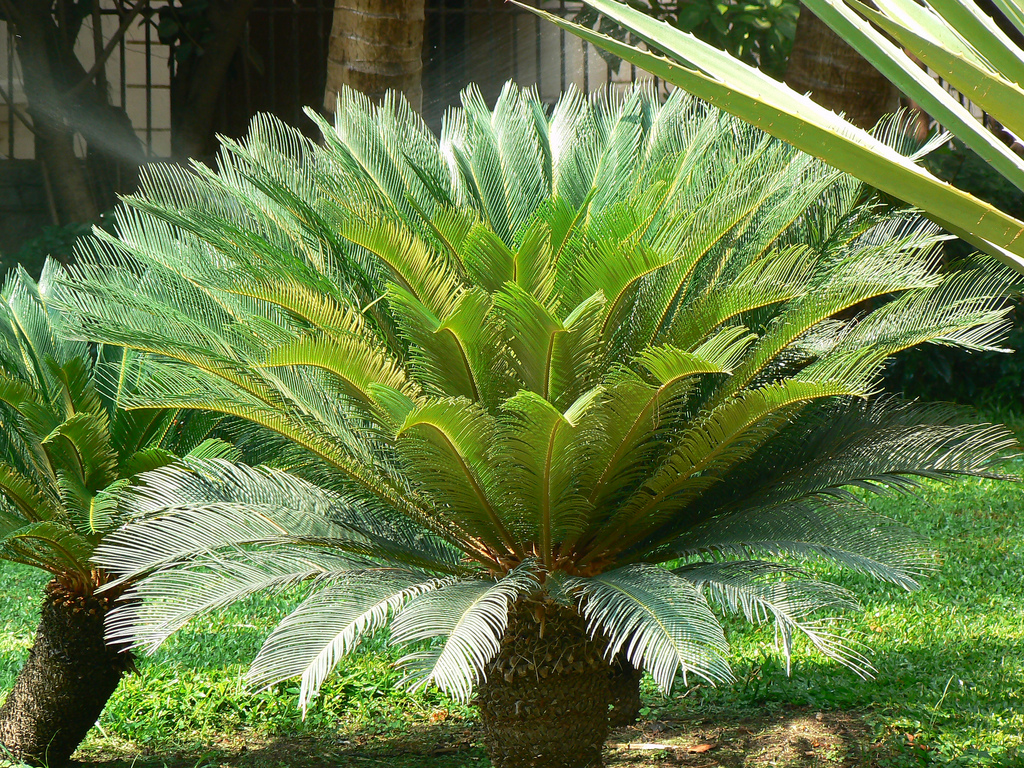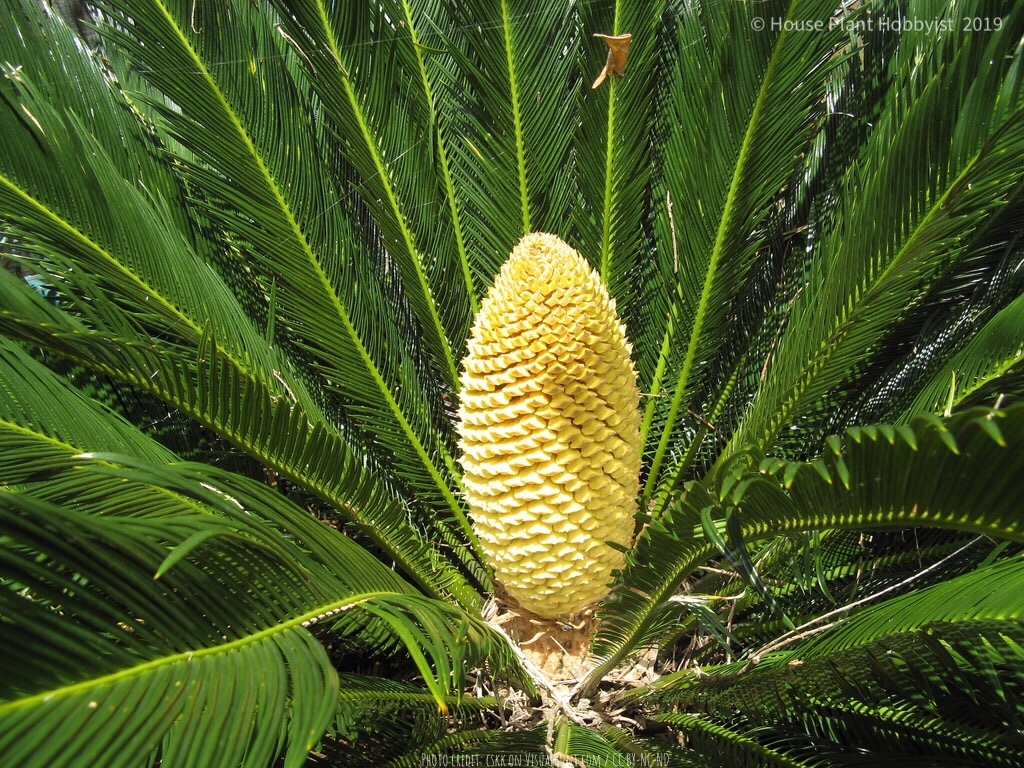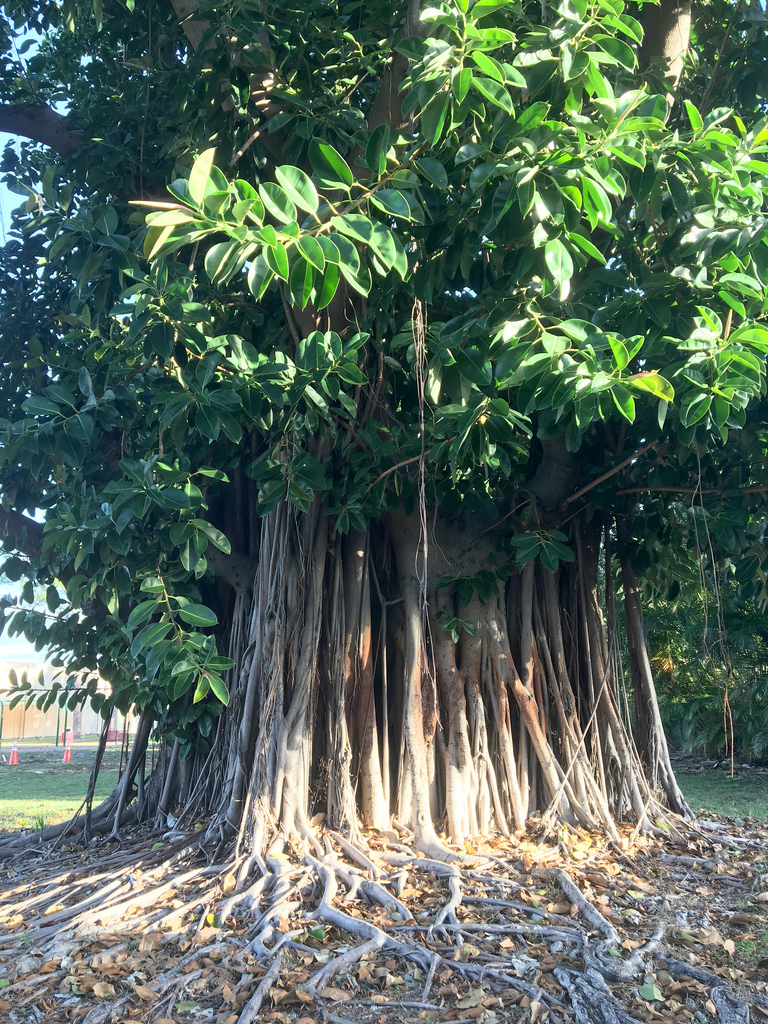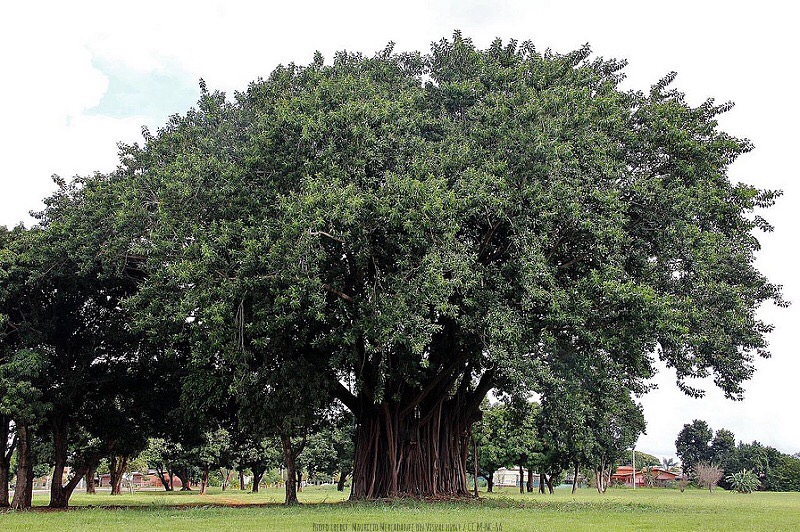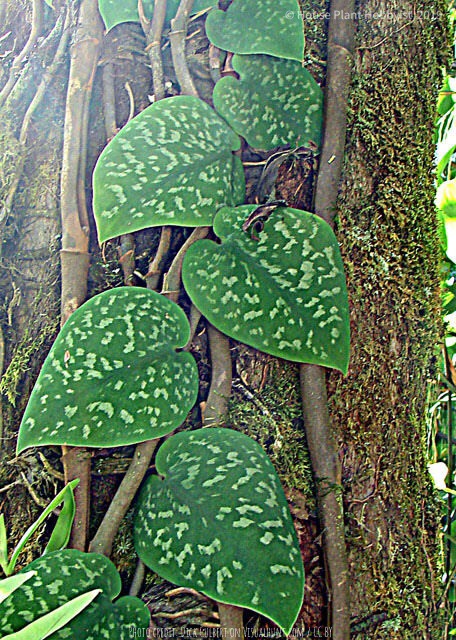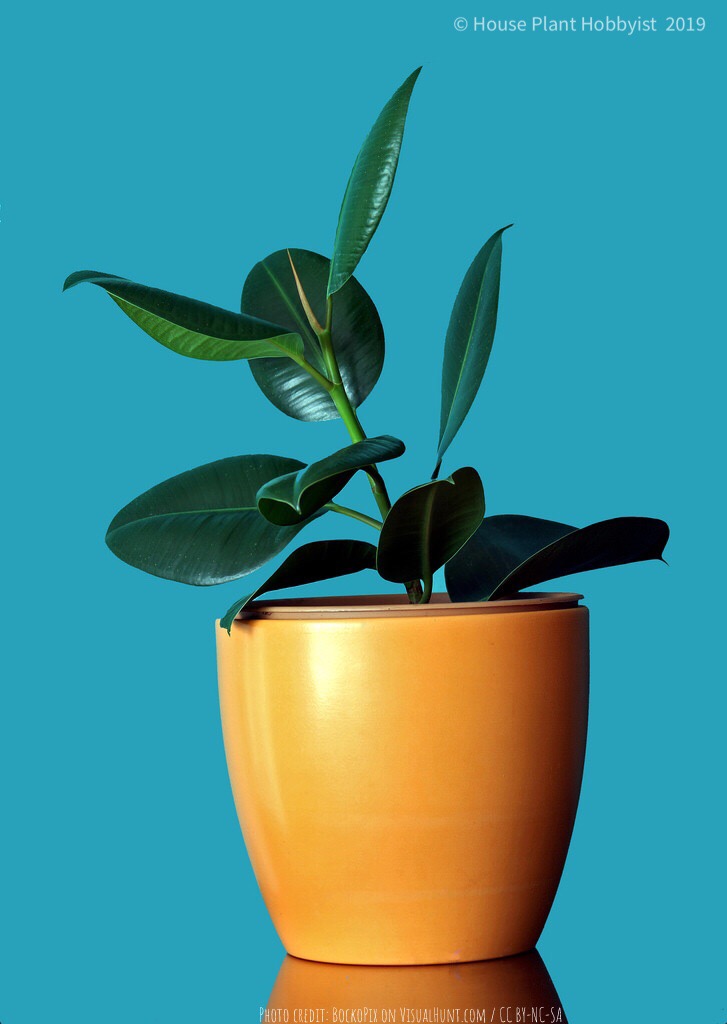Top 10 Misleading Common Names
Let’s face it, Botanical names can be a mouthful, so it only makes sense that a lot of people like to use common names. The problem with this is that some common names are used to describe more than one plant, or the common name is not an accurate name to give the plant — how many different plants have you seen called a “money plant”? We decided to compile a list of the first 10 misleading common names that came to mind to illustrate how confusing they can be. If you would like to see pictures of more of the plants listed below, or you would like to talk to like-minded plant people, clich here to head over to our Facebook group, House Plant Hobbyist!
Money plant/tree
I don’t even know where to start with this one. So many plants are called a money plant or a money tree that it can get extremely confusing when people talk about theirs, until they provide a picture. The four most common plants that people call money plants/trees are Epipremnum aureum, Crassula ovata, Pilea peperomioides, and Pachira aquatica. We’ve even seen people refer to Schefflera varieties as money plants.
Split-leaf Philodendron
There are two plants that people refer to as split leaf Philodendron, and neither are actually a Philodendron. The first one, Monstera deliciosa, is also called a Swiss cheese plant, and going by the botanical name it is clear that it isn’t a Philodendron. The second one is a bit trickier, because Thaumatophyllum bipinnatifidum used to be called Philodendron bipinnatifidum. Whilst both are from the Aroid family, neither are actually Philodendrons.
Lucky bamboo
Ah, the good old lucky bamboo that everyone knows grows in water. Too bad both the name and the type of substrate are incorrect. This is actually Dracaena sanderiana, and while it can be grown in water, it grows best in a well draining potting mix like other Dracaenas. People aren’t really sure how it came about being calling a lucky bamboo, other than it was a marketing ploy to get more people to purchase these.
Nephthytis
This is what Syngonium podophyllum is generally called, even though it isn’t actually a Nephthytis. Originally S. podophyllum , also known as the arrowhead vine or goosefoot vine, was called Nephthytis because they looked similar, but over 130 years ago botanists realized that they were actually two separate genera. In fact, the S. podophyllum comes from Latin America, while the true Nephthytis comes from Africa.
Silver Philodendron/satin Pothos
Well, these common names have caused quite a few headaches, since they are both given to the same plant, which is neither a Philodendron nor a Pothos. The actual name is Scindapsus pictus, and a much better, and a lot less confusing, common name for these would be “silver vine.” If you want to know the care requirements for the S. pictus click here.
Ponytail palm
The Beaucarnea recurvata is not actually a palm, but a caudiciform. Caudiciforms are plants have a large swollen base, whether it be a trunk, stem, or aboveground roots, which is used to store up water when it is plentiful to use when itis scarce. You can look at it and see where the “ponytail” part of the common name comes from and why it would be called a palm. These commonly seen house plants that can grow to be very tall, have long beautiful grass-like leaves that curl.
Asparagus fern
At least part of the common name of the Asparagus aethiopicus is true, but possibly not the part that you are thinking. These airy leafed plants are not actually a fern at all, but they are related to the asparagus that we eat. If you really want to get down to it, these are in the Liliaceae family, meaning that they are not just cousins of the asparagus, they are also related to lilies, amaryllis, hosta, and tulips. Weird, right?
Devil’s ivy
The poor Epipremnum aureum, also called a Pothos, kind of got the short end of the stick when it comes to common names. Clearly this plant is not an ivy, nor does it have any association with any sort of devil. Supposedly this was given the common name of devil’s ivy because they are hard to kill and will grow in low light areas, but they would really love you if you did not try to kill them and kept them in the appropriate lighting. For more care information on these click here.
Sago palm
The Cycas revoluta is not actually a palm, but a cycad as the name implies. Cycads are actually an ancient group of cone-bearing plants that don’t grow very tall. Also, since they grow so slowly, they are known to live for quite a long time.
Swedish ivy
Surprise, the Plectranthus australis is neither Swedish nor an ivy. I bet you didn’t see that one coming, or maybe you did since that is what this top 10 is all about. These do not even really look like an ivy, except for the trailing aspect. The P. australis is a part of the Lamiaceae family, which is referred to as the mint family due to it containing mint, basil, rosemary, thyme, lavender, oregano, marjoram, etc.
Bonus: Rubber Tree — The ever popular Ficus elastica is not actually the tree that produces latex, BUT the milky sap, latex, from these was once used to make an inferior type of rubber. So this common name really isn’t completely misleading.
